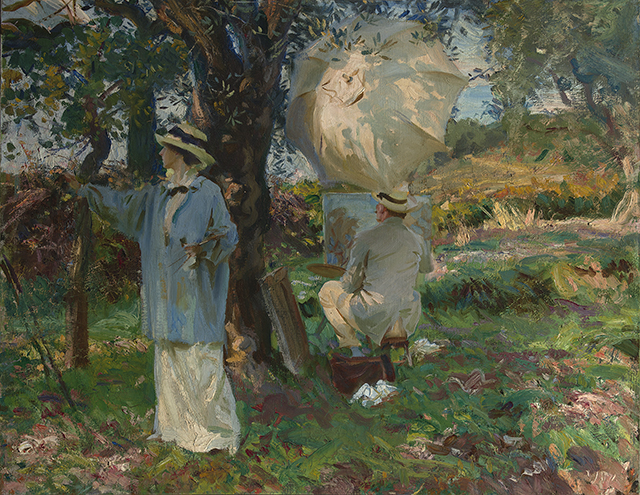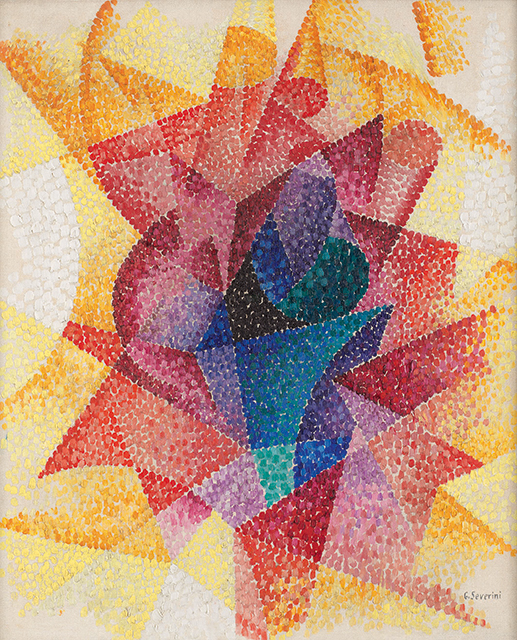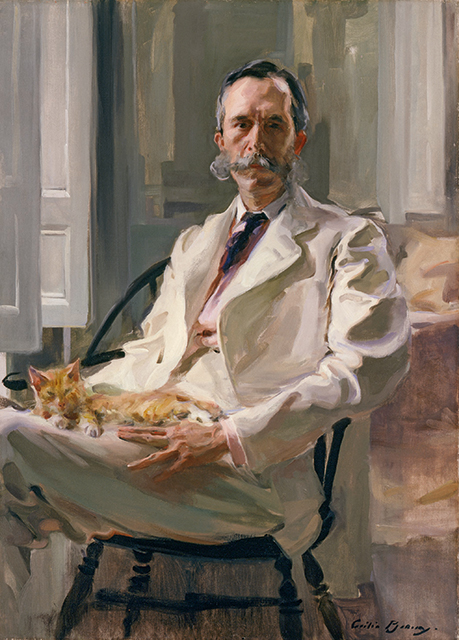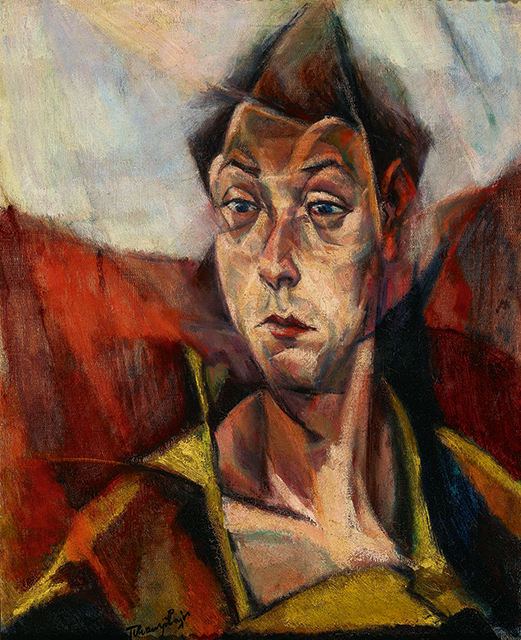As San Francisco’s year-long celebration of the Panama Pacific International Exposition’s (PPIE) centennial anniversary draws to a close, the de Young throws its hat in the historical ring with Jewel City, a reassembly of artworks exhibited at the 1915 world’s fair.

Virginia Museum of Fine Arts, Richmond. Arthur and Margaret Glasgow Fund.
(Photo: Katherine Wetzel © Virginia Museum of Fine Arts)
In addition to other features of the expo — including a Heinz condiment tower, a working model of the Panama Canal and a living “Pueblo Village” occupied by Zuni and Hopi families — the PPIE displayed over 11,000 paintings, sculptures, prints and photographs. Housed at the Palace of Fine Arts, its Annex and within national buildings like the French pavilion, the art of the PPIE satisfied audiences with majestic murals and salon walls of Impressionist canvases.
But thanks in large part to Norwegian-born J. Nilsen Laurvik, a special curatorial agent of international art, the fair also included a number of surprising (and radical, in the eyes of fair-goers) artworks. As World War I spread across Europe, Laurvik was remarkably successful in securing contributions from European nations. When a ship arrived via the Panama Canal two months after the fair’s opening, the PPIE quickly built the Annex near the Palace of Fine Arts to house its unexpected bounty of works from places like Finland, Hungary, Norway, Russia and Italy.

Standouts include vibrant paintings by the Finnish artist Akseli Gallen-Kallela. In his Mäntykoski Waterfall (1892-1894), a waterfall is foregrounded by five vertical gold stripes resembling the strings of a lyre, a jarring moment of abstraction in an otherwise realist landscape. Gallen-Kallela’s Self-Portrait with Cheetah (1910) is as fresh and loose as any painting made today, with thickly-applied brushstrokes of orange and magenta showing a hunter hunched beside his trussed up conquest.
The wall text argues that Laurvik’s biggest curatorial accomplishment (even greater than whisking works out of nations actively engaged in battle) was convincing Filippo Tommaso Marinetti, leader of the Italian Futurism movement, to permit nearly 50 works to be shown at the PPIE, despite some hard feelings he harbored towards America at the time. Paintings by Giacomo Balla, Umberto Boccioni, Luigi Russolo and Gino Severini capture the movement’s preoccupation with motion, machinery and light in riotous explosions of color. War is just one step away.

What you will not find in Jewel City: much work made by women, or any work made outside of the United States and Europe. Works by female artists were lightly — very lightly — scattered throughout the Palace of Fine Arts, but they also occupied a dedicated “women’s gallery,” where portraits by Cecilia Beaux earned a medal of honor.
Other themed galleries included a room dedicated to Boston painters and the controversial “Chamber of Horrors,” a gallery of works by teachers and students of the Pennsylvania Academy of the Fine Arts. These horrors — slight experiments beyond impressionism — appear tame today, but they fanned a fire of controversy that allowed the public to think American art was keeping pace with radical European artistic movements.
A darker history of the PPIE art — and the somewhat advantageous timing of WWI — appears in snippets of wall text. The German artist Leo Putz’s painting On the Shore was one of 39 pieces that came to the fair from an exhibition at the Carnegie Institute in Pittsburgh after being labeled “spoils of war.” A large portion of the Hungarian work remained on view in San Francisco after the close of the fair, but was later detained as “alien property” when the U.S. entered WWI, remaining in bureaucratic limbo for nearly a decade.

Indeed, Hungarian art historian Gergely Barki, who contributed an essay to the Jewel City catalog, says, “While the PPIE exhibition is hailed as the first representative display of modern Hungarian art in the United States, it also might be characterized as a ‘Bermuda Triangle,’ a site where many mysterious and unsolved disappearances have their origins.”
The PPIE is far enough in the past to make it difficult to identify with San Franciscans of 1915 and their reaction to the art. What was shocking then appears commonplace now. In Jewel City, a much-reduced approximation of the original exposition exhibition, contemporary viewers can step back into the artistic concerns of the early 20th century. Reflected in all the works, regardless of country of origin, is the surrounding historical context: a moment of celebration for a rebuilt San Francisco, America’s neutral optimism regarding WWI and the dark chaos of war that was quickly engulfing Europe.
Jewel City is on view Oct. 17, 2015 – Jan. 10, 2016. For tickets and more information visit deyoung.famsf.org.
On Saturday, Oct. 17, the de Young opens its doors to the public for free from 10am to 10pm in celebration of its own anniversary — 10 years in its “new” Herzog & de Meuron-designed building. Timed admission to Jewel City will be available on a first-come first-served basis.